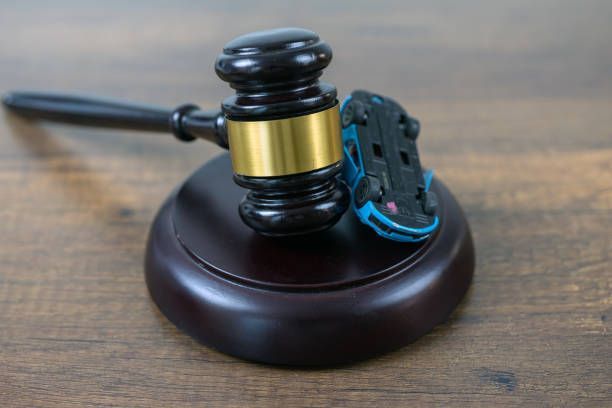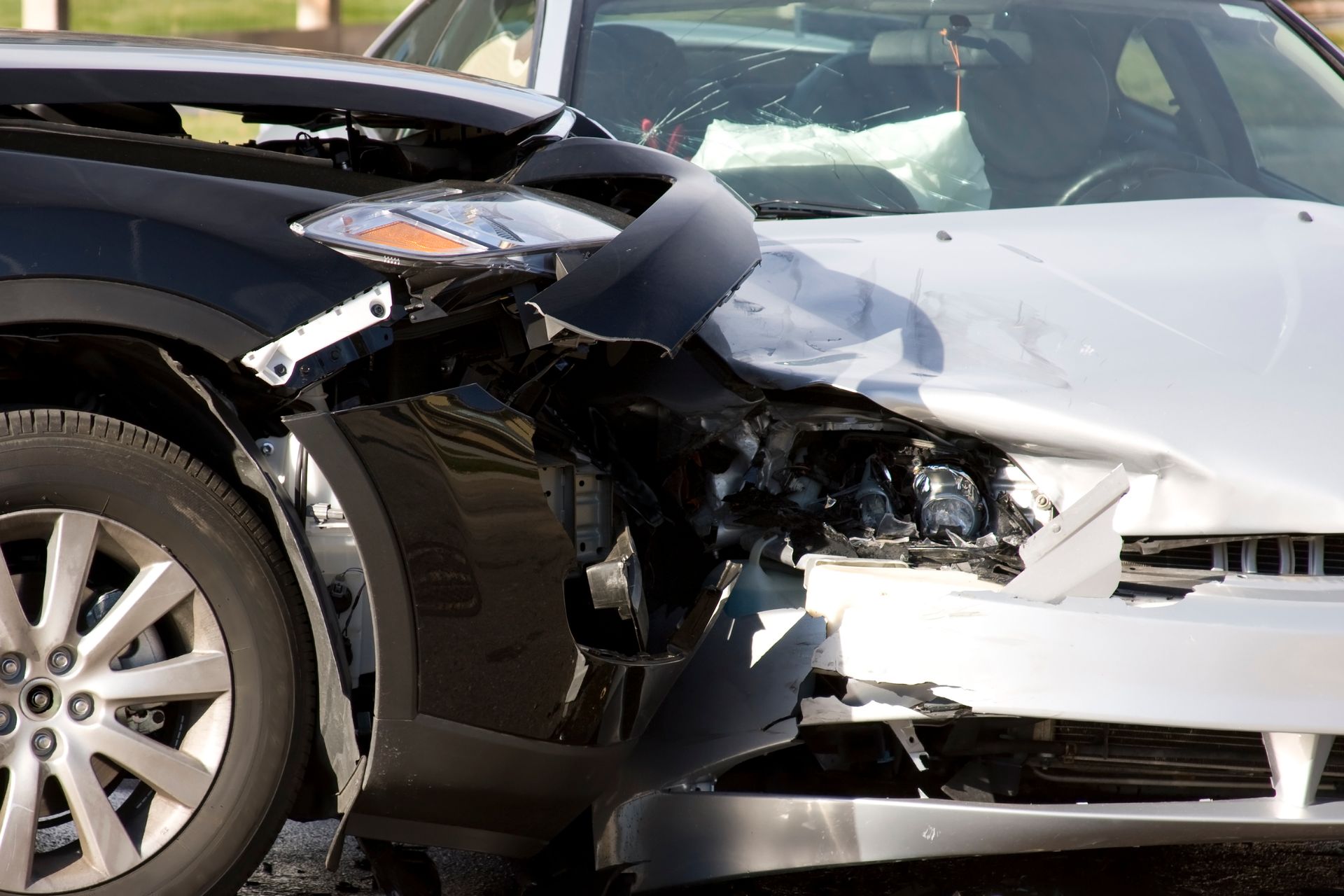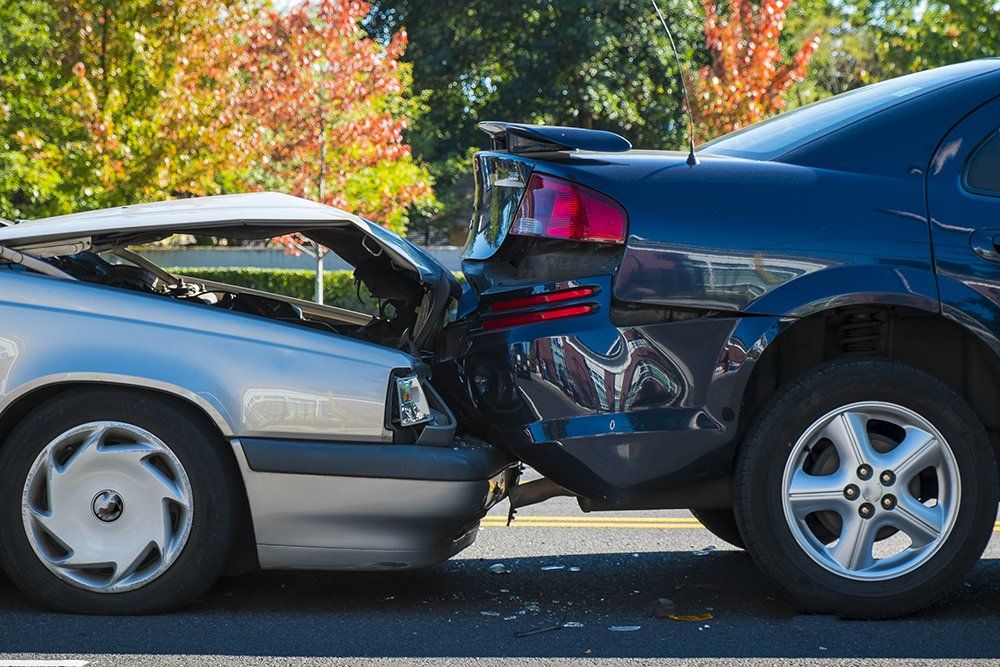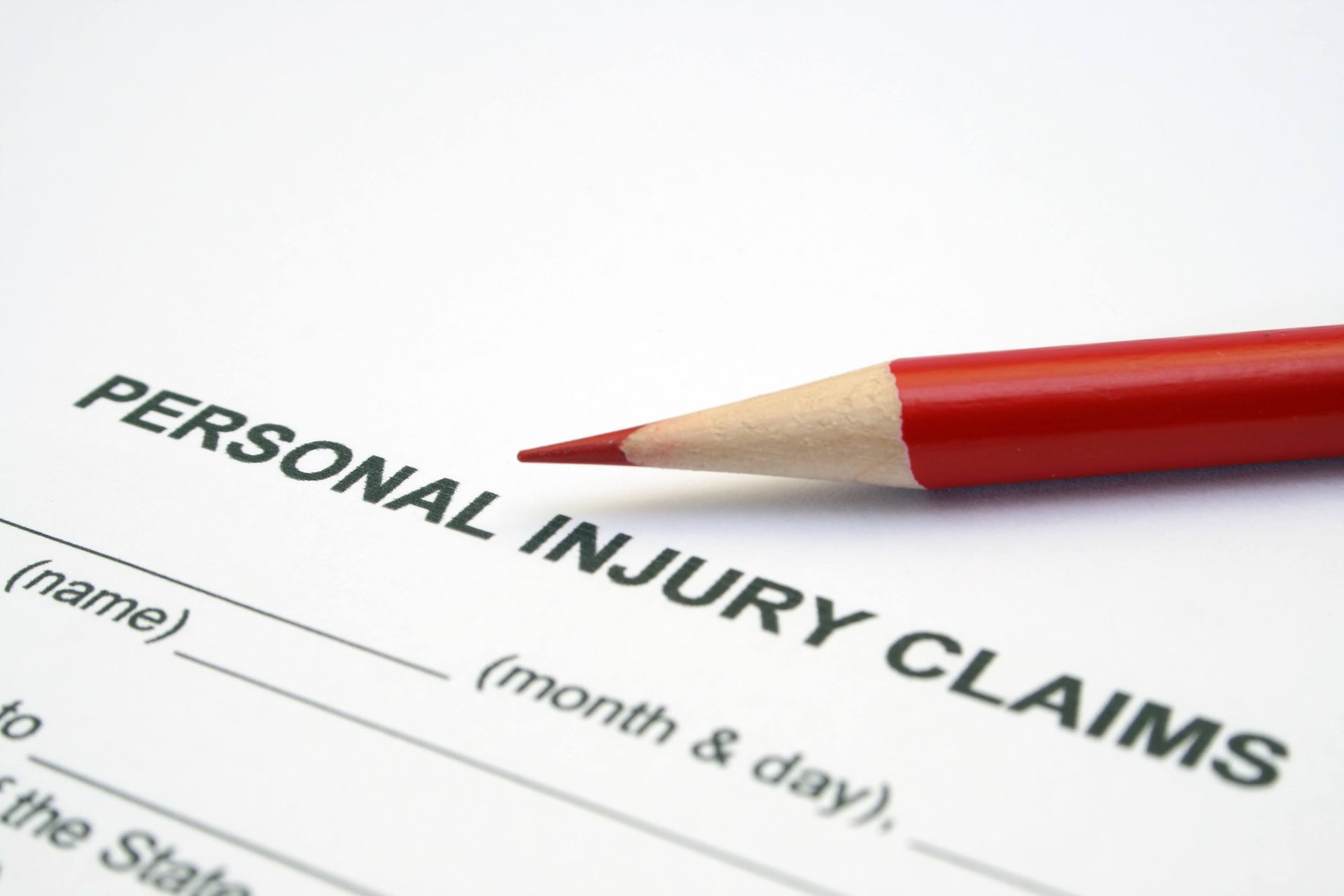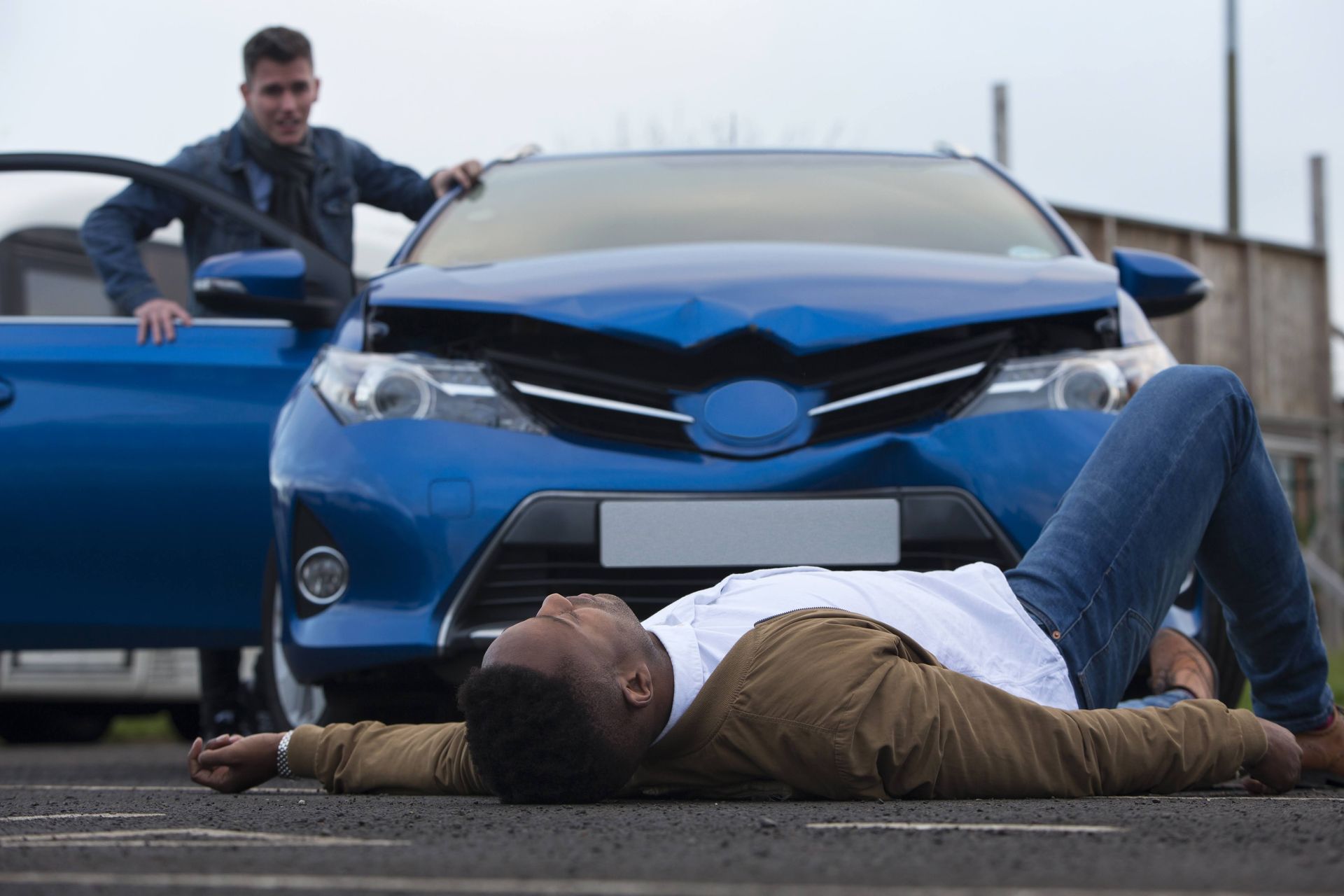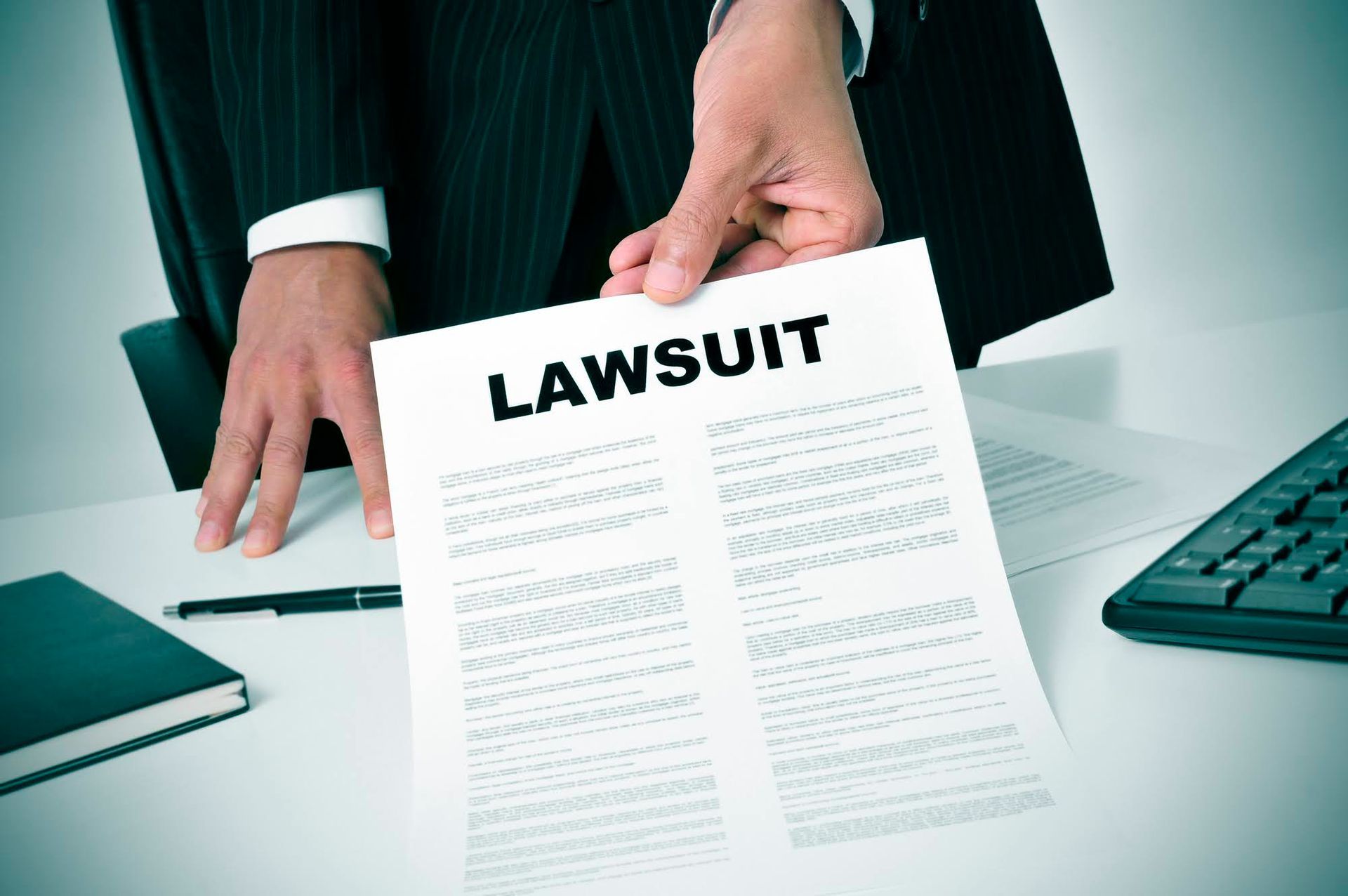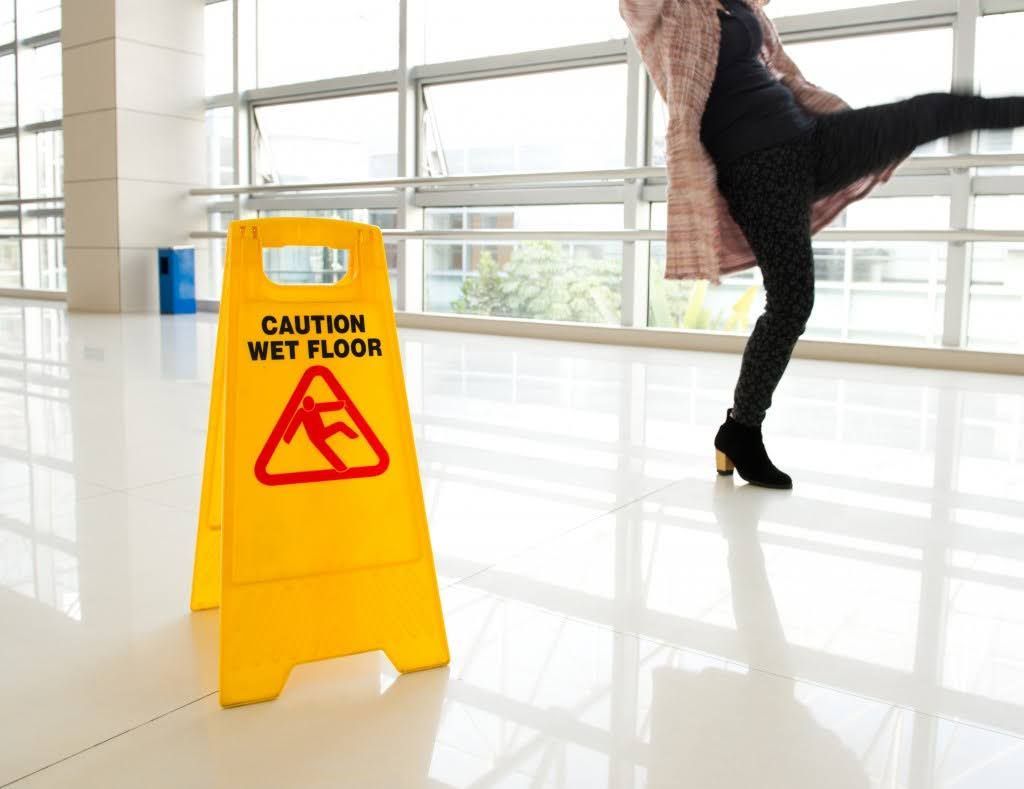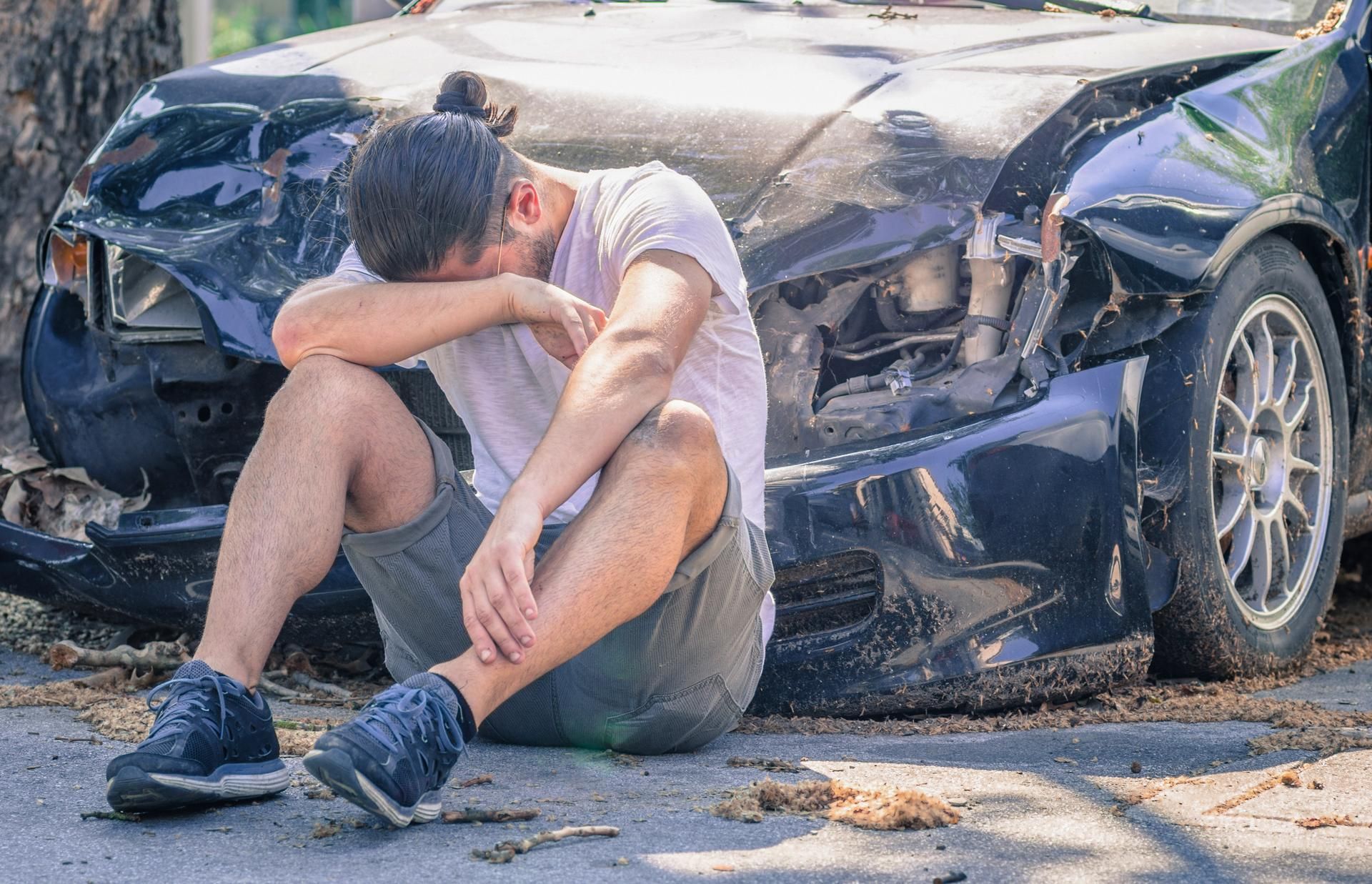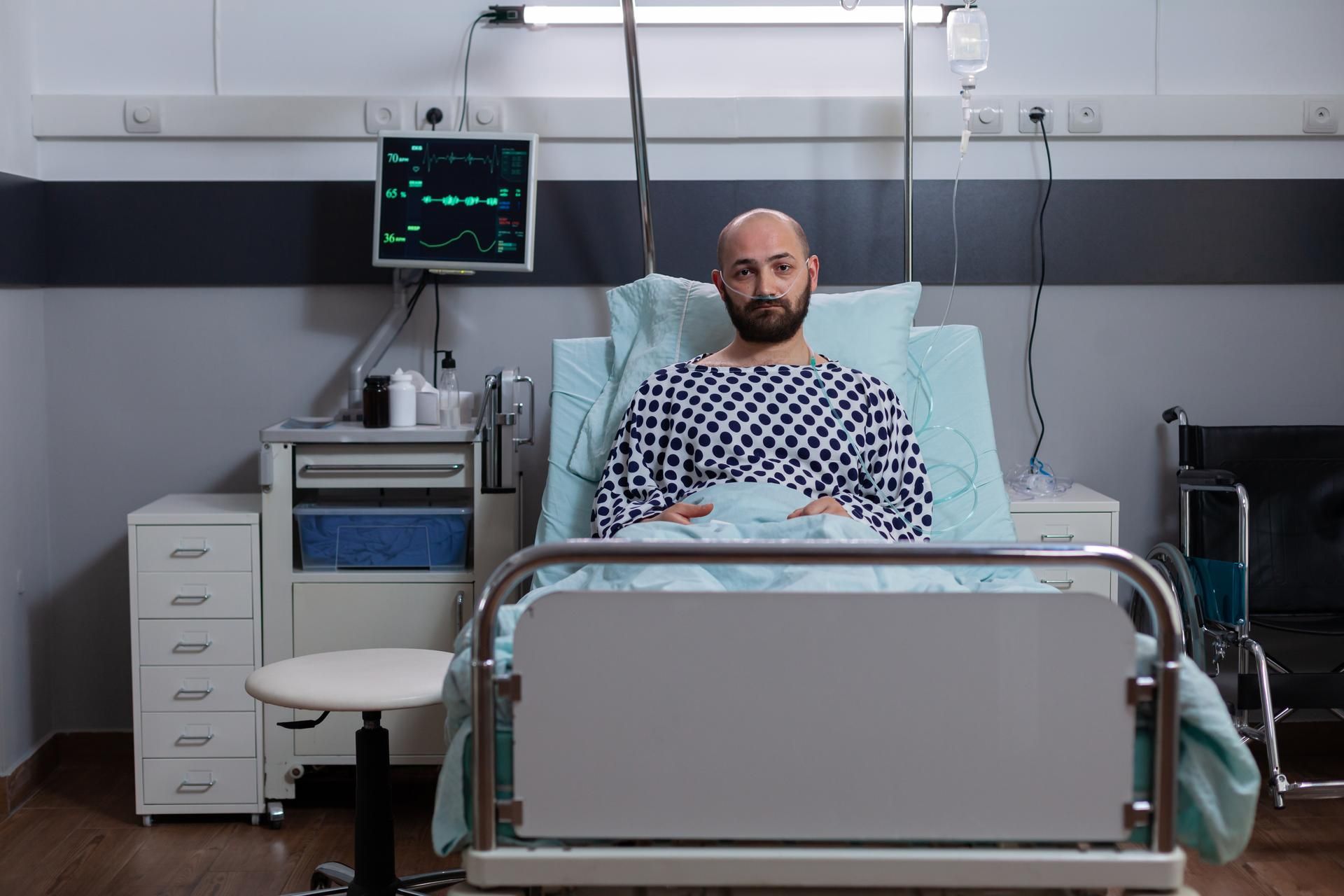Most Common Causes of Motorcycle Accidents
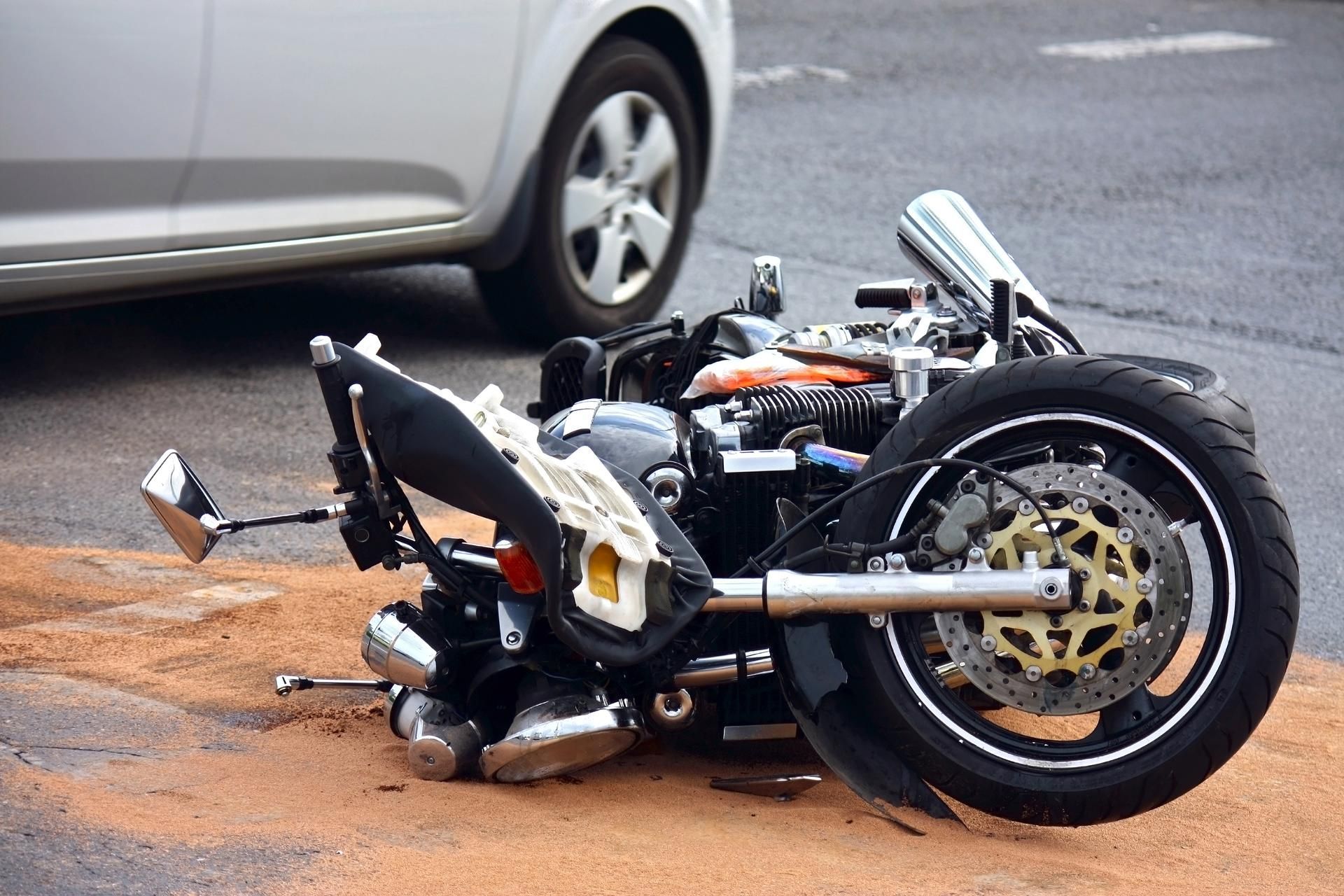
Riding a motorcycle is an exciting experience, but motorcycle riders can face multiple hazards on highways and streets. Since motorcycles don't have seat belts, motorcyclists are more likely to suffer more severe personal injuries than passenger vehicle drivers if they are involved in traffic collisions. However, motorcyclists can take various measures to protect themselves while on the road. This blog post will walk you through the main causes of motorcycle accidents.
Alcohol Use
Operating a motorcycle while intoxicated is a crime and dangerous. Alcohol impairs your judgment and ability to focus on the safe operation of the motorcycle. Alcohol also interferes with balance and coordination, which may lead to temporary memory loss. The use of alcohol inhibits your ability to react properly and quickly on the road.
Intoxicated motorcycle riders can cause more fatal crashes than intoxicated drivers of large trucks, pick-up trucks, and passenger vehicles. Therefore, if you find yourself having consumed alcohol during the day’s ride, you should ensure your blood alcohol level is absolutely within legal limits when you operate any vehicle, particularly a motorcycle.
Speeding
Many motorcycle riders enjoy the acceleration rate of motorcycles, especially when riding sports bikes. However, speeding is more likely to cause serious accidents. For example, you may have to apply emergency braking pressure when turning corners, increasing the risk of a speed-related crash. Fatalities are likely to occur from any collision while speeding because seat belts and airbags are less effective at higher speeds.
Weather and Seasons
Weather changes have a major impact on the roads and can increase the risk of an accident. For example, ice, sleet, and rain can make maneuvering and controlling a motorcycle difficult. These factors can cause slippery roadways and salty icy roads that decrease traction. High winds and snow also reduce visibility as debris accumulates on city and country roads. Checking the weather forecast before riding can become a valuable habit to form.
Lane Splitting and Switching
Lane splitting is when a motorcyclist maneuvers between lines of slowly moving or stopped vehicles. This action is illegal in most states, as it reduces a motorcyclist's visibility to other motorists and hence can cause collisions with other vehicles that aren't expecting to be passed in stopped or slowed traffic. Accidents can happen even if the vehicle's driver turns and sees the motorcyclist. Lane splitting is especially dangerous if the driver of a nearby vehicle makes a left turn or switches lanes. Most drivers usually glance in the mirror before making a left turn or changing lanes. Motorcyclists can reduce the chance of a collision by constantly running or flashing their bright lights to draw the driver's attention.
Inexperience and Poor Riding Behaviors
Many motorcyclists practice in a parking lot and then hop on a bike without understanding the hazards awaiting them on the road. Younger drivers who may have false confidence and insufficient knowledge about road risks and hazards are more likely to engage in riskier driving habits than older drivers, increasing the risk of an injury or fatality. New riders must undergo training courses and understand road challenges. The riders should also begin with less challenging roads before moving on to more challenging roadway conditions. Even after gaining sufficient experience, some motorcycles are easily distracted or fail to pay attention while on the road.
To conclude, motorcycle accidents are common and can result in severe injuries. Therefore, you should find a law firm with the resources and experience to help you, such as Higinbotham & Higinbotham, PLLC, if you find yourself in this situation. Contact us for more information on what we can do for you or someone you know.
